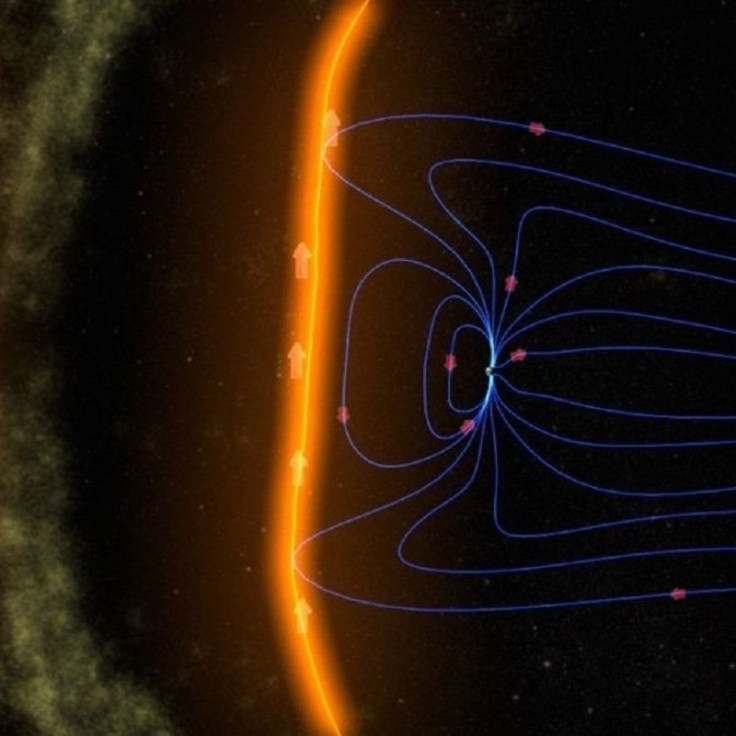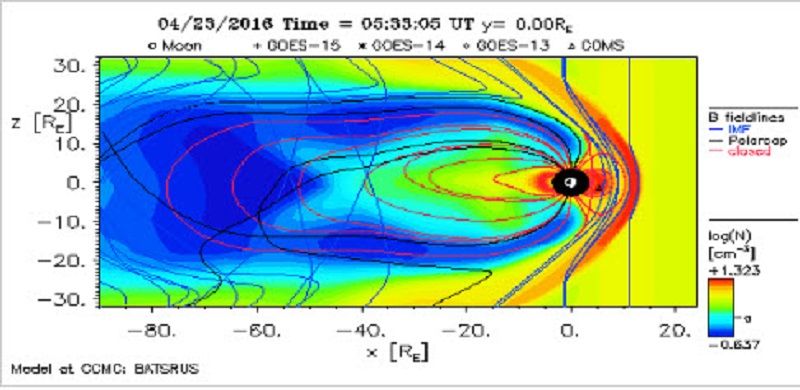Hoax Alert: Earth’s magnetic field did not collapse for 2 hours on April 23

April Fool’s Day was a month ago, but two hoaxes were being spread on the internet over the weekend as April ended and May began. First, there was the warning that the Sun would not come out, or there would be eight days of darkness in June.
The second was a report from SuperStation95 95.1-FM in New York, which claims that the Earth’s magnetosphere collapsed on April 23 for two hours. The magnetosphere protects the planet from radiation and solar winds.
The website cites as its source a report from the NASA Space Weather Prediction Center that the magnetic field vanished for two hours at around 3:39:51 eastern US time. It published four coloured satellite recordings from the NASA Space Weather Satellites showing the Earth’s magnetosphere before, during and after the collapse.
During the said two-hour period, there was an alleged complete reversal of interstellar magnetic flows around Earth as evidenced by the arrows on the satellite images which shows all the magnetic energy from interstellar space moving back toward the Sun. Such an event, the radio station warned, could trigger massive earthquakes, volcanic eruptions, unpredictable ocean currents and tides.
Earthsky, a science website, explains the graphs cited by SuperStation – which is apparently fond of screaming headlines that border on end-of-the-world predictions – to a glitch in the computer simulation in NASA. It cites an explanation from M. Leila Mays from the Heliophysics Science Division of NASA’s Goddard Space Flight Center in Greenbelt, Maryland, that the images used by the radio station are not satellite images but simulation results.
The images came from the integrated space weather analysis system which display some of the real-time simulations of the models available at the Community Coordinated Modeling Center (CCMC). However, the center points out on its website that the glitch caused the model to ingest bad real-time solar wind data. The CCMC adds it is addressing the glitch and will post more information when available. Mays says that gap in simulation output for a few hours was because the simulation crashed due to bad input data.











